Looking at Guangzhou's history through landmark buildings

Architecture is a kind of history and bears the imprint of an era, with landmark buildings being a calling card for a city and mirroring its development.
Guangzhou is no exception to this and boasts countless landmarks that tell the story of the southern Chinese city.
Chen Clan Ancestral Hall, the architectural landmark of Guangzhou during the Qing Dynasty (1644-1911)
Address: Zhongshanqi Road, Guangzhou
Built in 1890 and finished in 1894, the Ancestral Temple of the Chen Family, also called the Chen Clan Academy, is a place both for offering sacrifices to ancestors and for study. The Chen Clan Ancestral Temple in Guangzhou, the Ancestors' Temple in Foshan, the former Residence of Sun Yat-sen in Zhongshan and the Opium War Memorial Hall in Dongguan are regarded as the four major cultural tourist sites of Guangdong province. The temple is a compound complex consisting of nine halls, six courtyards and 19 buildings connected by corridors. The most impressive attractions in the temple are the superb carvings extolling nature. The wood carvings in particular demonstrate some of the finest artwork in Guangdong. The stories of historic figures and scenes are also vividly represented in the temple.
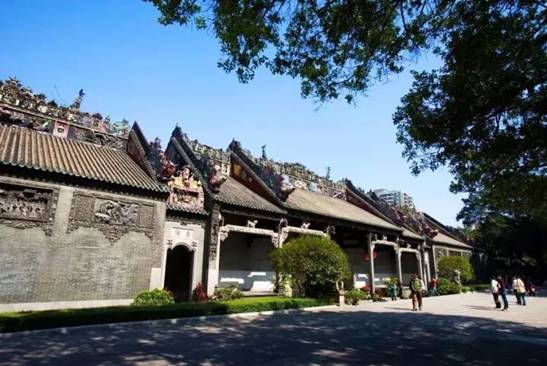
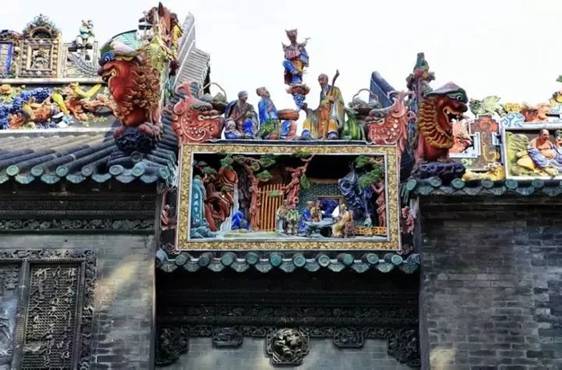
The building of the All-China Federation of Trade Unions, the landmark of 1920s Guangzhou
Address: 93 Yuexiu South Road, Guangzhou
The former site of the building was originally called "Huizhou Assembly Hall" and built between the late Qing Dynasty and the early years of the Republic of China (1912-1949). The building is a two-storey, brick-timber, western-style house with a basement. It is the first place the federation was located after its foundation.
After the reshuffle of the Kuomintang in 1924, the building was used as the first party office for the Central Committee of the Kuomintang.
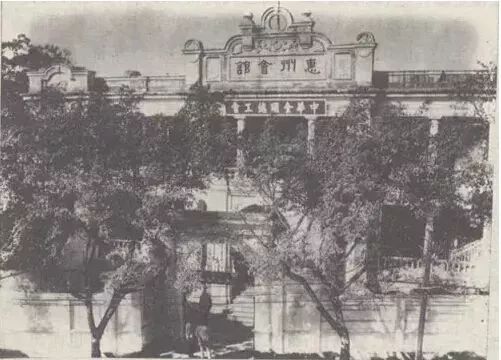
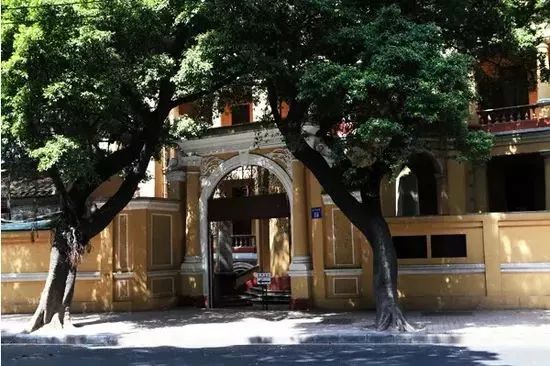
Sun Yat-sen Memorial Hall, the landmark of 1930s Guangzhou
Address: 259 Dongfeng Middle Road, Yuexiu district, Guangzhou
Formerly the presidential palace of Sun Yat-sen when he was the interim president in 1921, the people of Guangzhou and overseas Chinese later raised funds to build the hall in memory of him. The memorial hall is designed by Lv Yanzhi, the renowned Chinese architect. The project started in 1929 and finished in 1931. It is a majestic octagon-shaped building with a distinct national style. Lv applied the structural principle of architectural mechanics skillfully, using a steel frame and a reinforced concrete structure. There is not a single column across the 71-meter arc span of the inner space.
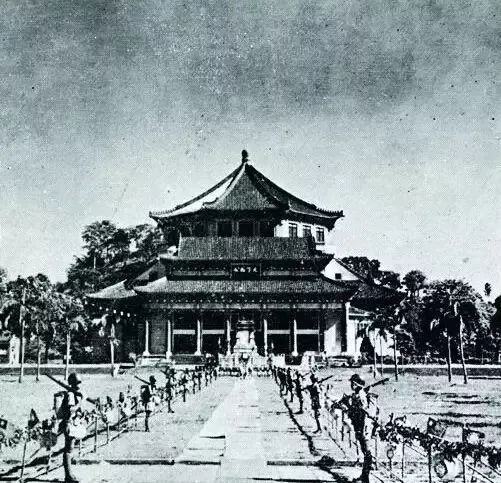
Oi Kwan Hotel, the 1940s landmark
Address: 133 Yanjiang West Road, Yuexiu district, Guangzhou
Oi Kwan Hotel, built in early 1934, was the highest building in South China at the time, with the accolade lasing thirty years until 1967. It is a typical sotto portico.
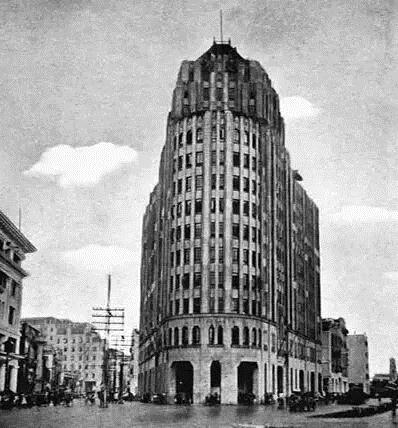
Nan Fang Department Store, the 1950s landmark
Address:49 Yanjiang West Road, Liwan district, Guangzhou
The twelve-storey store, built in the early years of the Republic of China, was the tallest building in China when it was built. Whenever the building is mentioned, Cantonese recall their memories of the past and contemplate the changes of history.
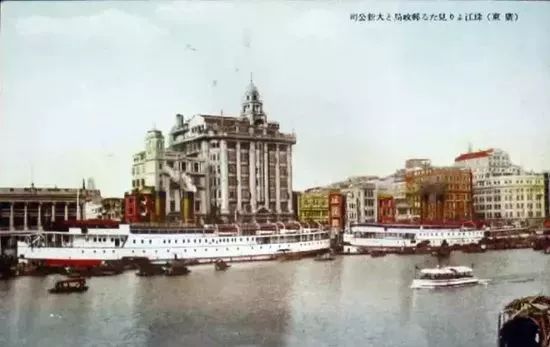
Haizhu Bridge, the 1960s landmark
Address: border of Haizhu and Yuexiu districts
Construction on Haizhu Bridge started during the Republic of China period. Its original name was "Pearl River Iron Bridge" until the Guangzhou government named it Haizhu Bridge upon completion in 1933. It was the only bridge across the Pearl River in Guangzhou city at that time.
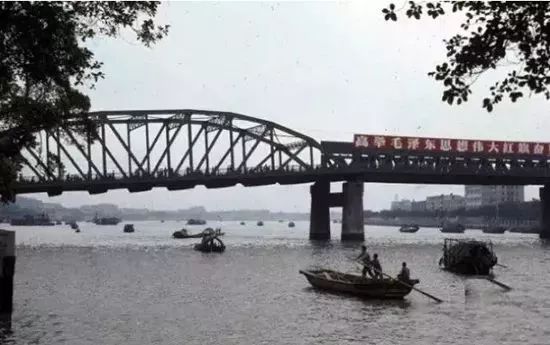
Guangzhou Hotel, the 1970s landmark
Address: 2 Qiyi Road, Haizhu Square, Guangzhou
The hotel, finished in 1968, is a three-star, foreign hotel in China that was first listed by the China National Tourism Administration in 1989.
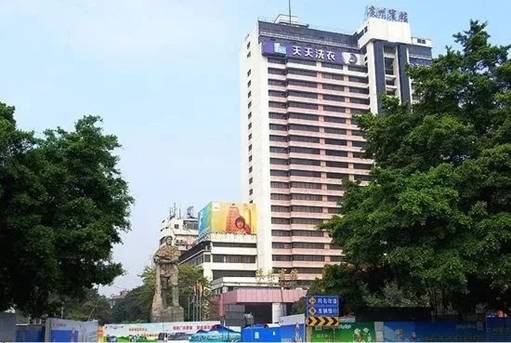
MOST POPULAR
- 1 Things to know about China Intl Consumer Products Expo 2024
- 2 China tops FDI confidence index of emerging markets
- 3 China specifies steps to improve payment services in tourist attractions
- 4 Low-altitude economy set to take off
- 5 China's immigration service platform receives over 10m calls from home, abroad
Editors' Picks
 Infographic:
A look at China's economy in Q1 of 2024
Infographic:
A look at China's economy in Q1 of 2024
 Infographic:
China to remove foreign ownership restrictions in value-added telecom services in pilot areas
Infographic:
China to remove foreign ownership restrictions in value-added telecom services in pilot areas
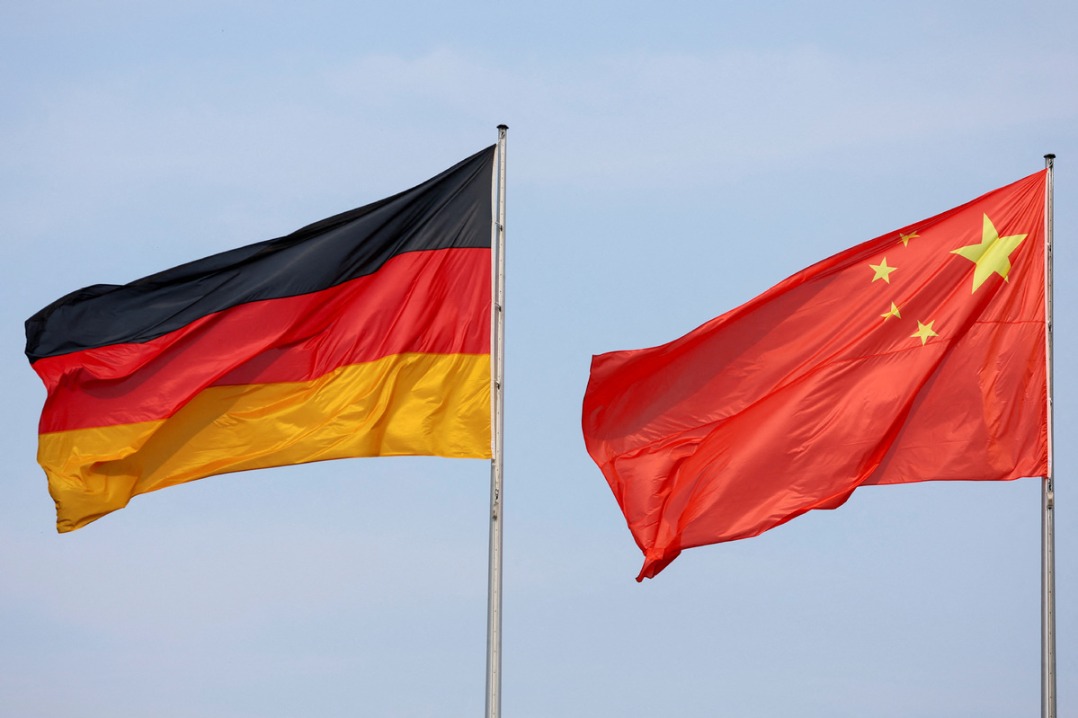 Infographic:
2023 Sino-German investment and trade in numbers
Infographic:
2023 Sino-German investment and trade in numbers
 Infographic:
China-Germany relations in graphic
Infographic:
China-Germany relations in graphic



